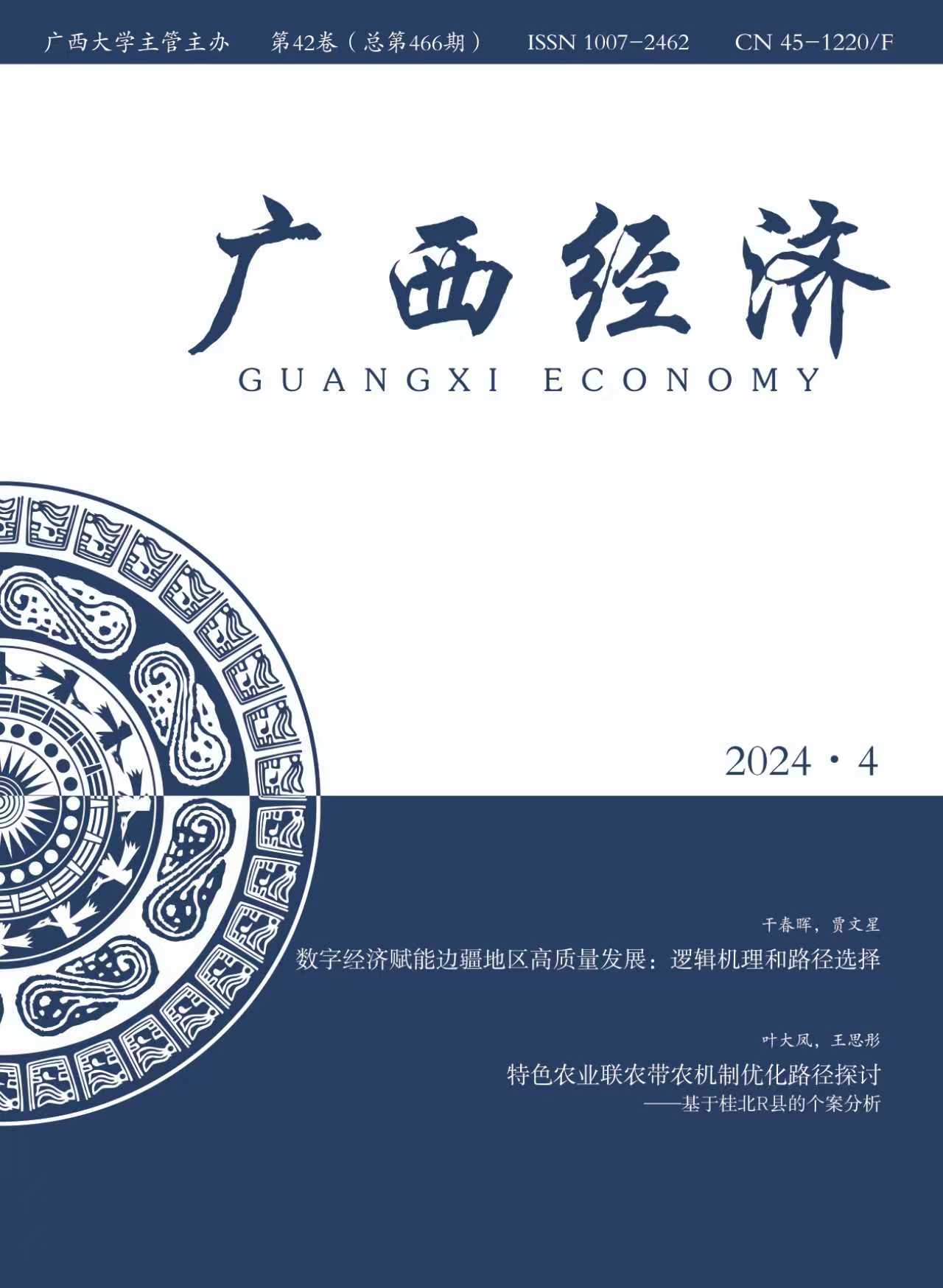Abstract: This paper calculates the embodied carbon in Guangxi’s industrial exports from 2005 to 2020 using the input-output matrix GRAS adjustment method and input-output model. Additionally, the logarithmic mean divisia index (LMDI) method is utilized to analyze the driving effects of embodied carbon. The study reveals that while the overall trends in Guangxi’s total carbon emissions, industrial export scale, and embodied carbon have shown growth, there are noticeable disparities. Since 2013, the total carbon emissions have stabilized and the growth rate has decreased, but the industrial exports and embodied carbon have significantly increased. The reduction in total carbon emissions and carbon emission coefficients is significantly associated with the optimization of Guangxi’s energy consumption structure. However, export scale is the primary factor for the growth of embodied carbon, while export structure, intermediate input emission levels, and direct carbon emission coefficients have inhibitory effects on embodied carbon. The scale effect consistently promotes embodied carbon emissions, with technology and structure effects being secondary and showing a “U” shaped pattern. Influenced by industrial energy consumption and technological level, the three effects differ significantly in their impact on departmental embodied carbon emissions. Consequently, the study suggests actively promoting the institutional transformation from “dual control of energy consumption” to “dual control of carbon emissions”, continuously advancing emission reduction and consumption optimization in key sectors, focusing on enhancing the entire industrial chain capabilities; optimizing energy production and consumption structures, increasing investment in and introduction of clean energy, and improving energy efficiency; increasing technological investments, optimizing industrial structure, and reasonably regulating the scale, structure, and technology effects of departments to promote export structure upgrading; and comprehensively coordinating various policies, strengthening policy incentives, and regulation.
Key words: embodied carbon in exports; driving effects; input-output; intermediate inputs; carbon emission coefficient

Reprinted from Guangxi Economic Journal, 2024,42(04):82-96.


 ADD:No.100 Daxue Road, Nanning, Guangxi, China
ADD:No.100 Daxue Road, Nanning, Guangxi, China Tel/Fax:+86-0771-3186687
Tel/Fax:+86-0771-3186687 Email: gse@gxu.edu.cn
Email: gse@gxu.edu.cn